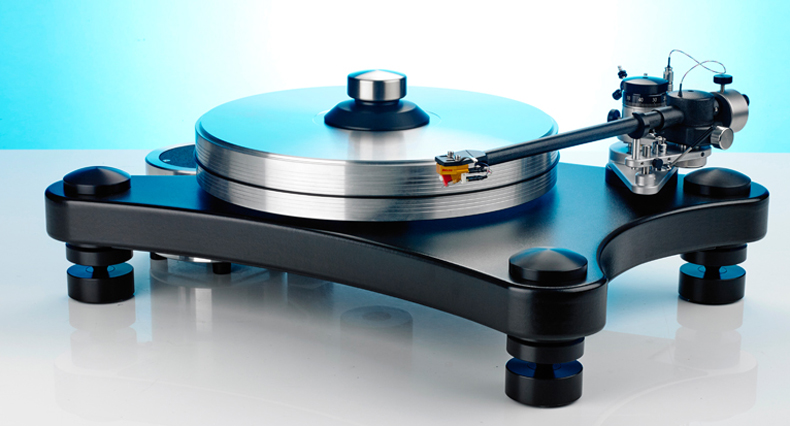What Hi-Fi? Verdict
The Prime turntable/arm combination is one of the most likable record players we’ve heard in recent years. Don’t buy any rival until you’ve heard this
Pros
- +
Confident and authoritative presentation
- +
Excellent resolution of detail
- +
Expressive dynamics and surefooted rhythmic drive
- +
Excellent build and finish
Cons
- -
Nothing at this level
Why you can trust What Hi-Fi?
VPI Industries has a long history of producing great value, high quality turntables. The New Jersey-based specialist’s products have never been cheap, but even at £3750 the Prime represents something of a bargain as far as high-end record players are concerned.
You’d have to look at products that cost close to double that before any notable upgrades are heard.
Surprisingly for a high-end offering, that sub-four grand price includes the deck and partnering arm.
All you have to do is add a suitably talented cartridge – in the case of the review sample, a Lyra Delos moving coil costing around £1000 – and off you go.
Build
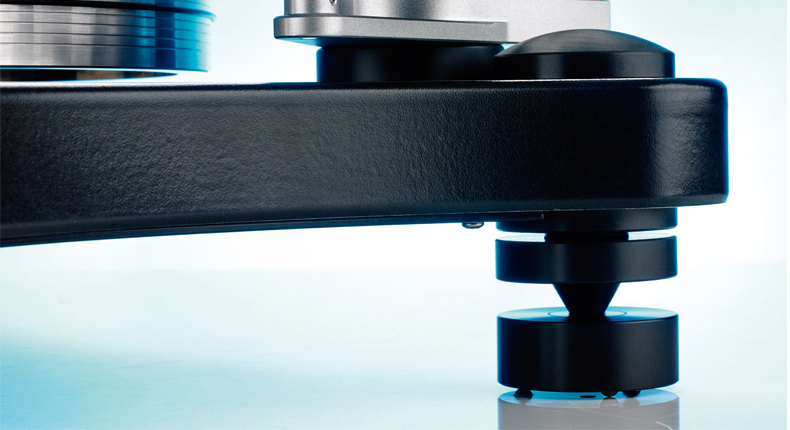
We’re impressed by the build and finish of the Prime. The curved chassis is made of MDF, covered with textured vinyl and reinforced with 11-gauge (around 3mm thick) steel plate. The plate is bonded to the underside to help control resonance and improve feedback rejection.
There are a quartet of feet assemblies made predominantly of Delrin (an acetal homopolymer resin) and ball bearings. The Prime’s feet sit on these assemblies, improving isolation from the turntable support.
It’s all nicely made with a well-engineered feel. The deck’s 24-pole AC motor is built into an outboard aluminium/steel housing that fits neatly into the left-hand curve of the Prime’s shaped chassis.
As for features, there’s a power button, and an input for mains. Speed change is manual – to play singles, move the belt to the larger step on the drive pulley.
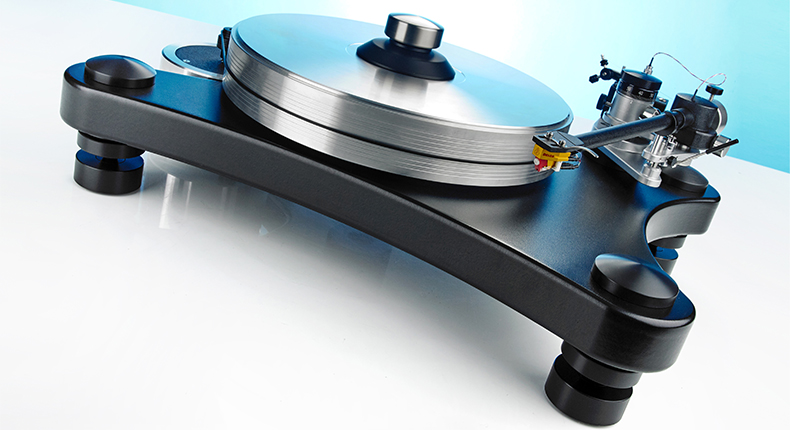
That chunky platter is machined from 6061 aluminium (an alloy containing magnesium and silicon) and weighs in at around 9kg. There’s no mat supplied, but the bare metal top surface is beautifully machined and shouldn’t damage your records.
There is a small rubber washer that sits around the centre spindle and squashes down gently when the record clamp is screwed down. Don’t overdo the tightness – it doesn’t bring any benefits and could result in damage to your record, the clamp or both.
The main bearing is an inverted design that uses a hardened steel shaft, a 60 Rockwell hardened chrome ball, a phosphor bronze bushing completed by a PEEK (polyether-ether-ketone) thrust disc. It’s designed for precision and low noise, as well as longevity.
MORE: Turntable Buying Guide
Ease of use
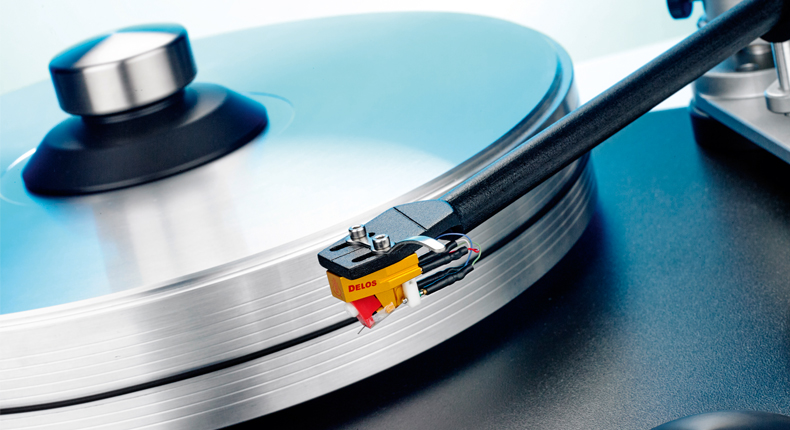
By high-end standards, this isn’t a particularly large deck. Measuring 54cm wide x 40 cm deep, it should fit on the top shelf of most supports. Despite VPI’s attempts to design in isolation it still pays to use a rigid, low resonance platform for the best results.
Make sure everything is level before you start to set-up the deck and it also helps to keep the support as far from the speakers as practical to reduce the amount of vibration energy fed into the turntable’s structure. You’ll get a better sound if you take such care.
Unusually, the arm is a 3D-printed unipivot design. It may take a little time to get used to, as it wobbles around the pivot point quite strongly when handled.
But this instability settles quickly once the arm is placed on the record. As ‘unipiviot’ suggests, the arm bearing consists of a single, sharp point onto which the housing sits.
MORE: Best turntables 2015
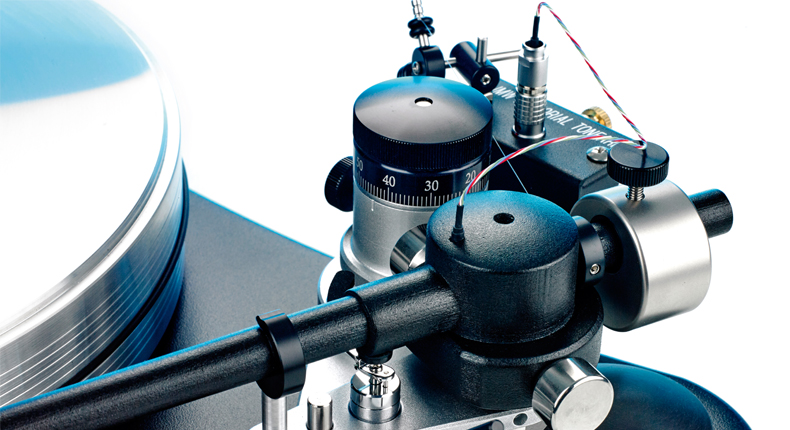
This design gives the arm an impressive freedom of movement compared to a normal design where multiple conventional bearings are used to allow vertical and horizontal movement.
Arm bias can be set in two ways. There’s a pivoted mechanism that adds suitable sideways force or a tried-and-trusted VPI method where the innate tension in the exposed cartridge lead-out wires (the looped piece of cable that comes out the back of the arm) supplies the outward force. Either method works well.
There’s plenty of adjustability built into the arm, making adjustment of vertical tracking angle and cartridge azimuth easy. It all helps to optimise the performance from the cartridge, which can only be a good thing.
This is a simple deck to use. Apart from the initial wobbliness of the arm there’s nothing else here that’s out of the norm. Apart from the performance.
Sound
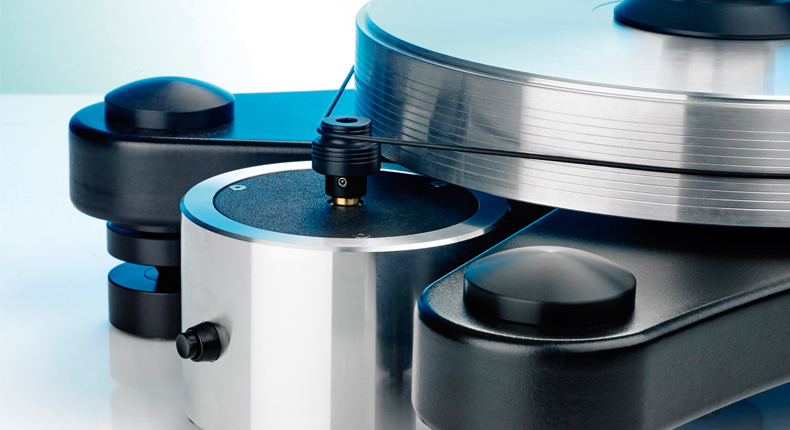
We start off with an old favourite in the form of Radiohead’s In Rainbows, an intricately produced album, packed with noises and sounds that can easily end up becoming disjointed and confused. Not through the Prime though.
This is a wonderfully confident sounding product, and one which can organise with the best of them. It maintains sonic stability and composure even when faced with something as brutally challenging as the album’s opener, 15 Step.
The VPI takes it all in its stride, uncovering links between the flood of instrumentation and apparently random sounds, turning what could be a big acoustic mess into an organised and cohesive whole. This is a feat that few rivals at this price can manage.
There’s plenty of punch here, and the kind of runaway train-like momentum to the rhythm track that the music deserves. Vocals are articulate, intricately detailed and delivered with an appealing combination of natural warmth and solidity.
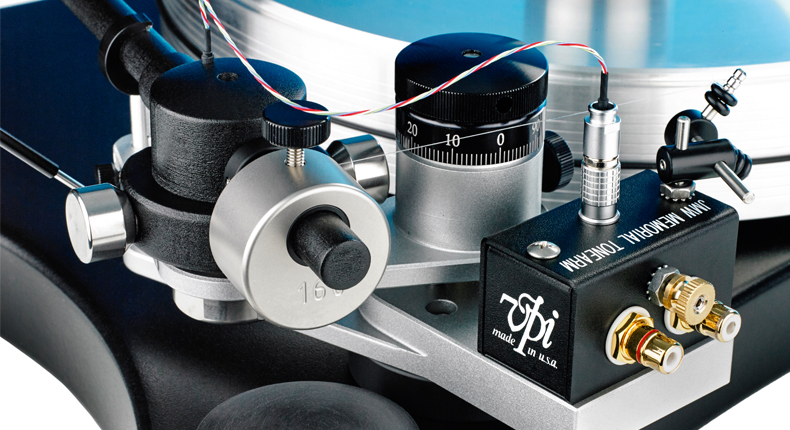
These qualities come to the fore again when we put on Nick Cave’s The Boatman’s Call. We’re taken by the subtlety of the presentation and the convincing way that the VPI render’s Cave’s distinctive vocals.
There’s real expression here and we’re left in no doubt as to his feelings on tracks such as Into My Arms. The song’s prominent piano is lovely, delivered with weight, harmonic richness and dynamic subtlety intact.
We move to something larger scale in the form of Orff’s Carmina Burana and find out such music holds little fear for the Prime. It’s controlled when the music turns wild and digs up an awful lot of detail.
The piece’s dynamics – both small and large scale – come through unhindered and there’s plenty of attack when needed.
The stereo imaging is impressive too – it’s wide, deep and populated with crisply focused instrumentation. There’s admirable stability, even when the piece become complex.
The Lyra cartridge lives up to its manufacturer’s enviable reputation by working with the arm and deck perfectly. Its high level of resolution and convincing tonality dovetail superbly with the Prime’s sonic talents.
Verdict
VPI started back in 1978. Since then it has made some terrific decks and we think the Prime should be considered one of them.
By high-end standards it’s aggressively priced while delivering a scale of engineering and sound that’s hard to better for anywhere near this price.
Sure there’s no lid, and you’ll have to pay extra for a decent cartridge. But once you do, we think the Prime is good enough to remind you why you got into hi-fi in the first place.
See all our turntable reviews
What Hi-Fi?, founded in 1976, is the world's leading independent guide to buying and owning hi-fi and home entertainment products. Our comprehensive tests help you buy the very best for your money, with our advice sections giving you step-by-step information on how to get even more from your music and movies. Everything is tested by our dedicated team of in-house reviewers in our custom-built test rooms in London, Reading and Bath. Our coveted five-star rating and Awards are recognised all over the world as the ultimate seal of approval, so you can buy with absolute confidence.
